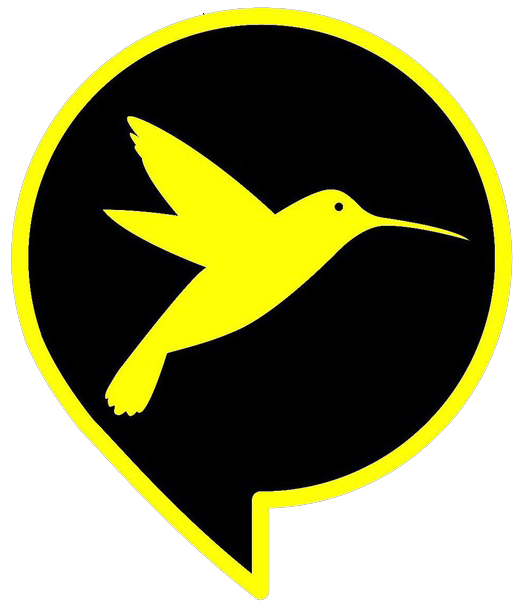Cambodia land is known for its fertility, which allows agriculture to prosper since the known history, to say the least. That also includes the non-native kinds of plant, specifically Theobroma cacao tree (locally known as cacao, for short). Be that as it may, cacao is relatively new to the local farmers. The least of all, the consumers in Cambodia, as well as other Asian countries, given that cacao was first discovered in South America, not Asia.
Compared with the U.S. where cacao growing is only possible in Hawaii, its 50th state, Cambodia has a climate condition perfectly suitable for cacao cultivation, provided that it covers a rain-rich tropical land in four provinces to the northeast region, namely Mondulkiri, Ratanakiri, Kratie, and Stung Treng province. Cacao is a unique kind of tree, and its fruitfulness can last up to 80 years. It provides sources for the chocolate production; the good news is, Cambodia has found a way to take advantage of this agricultural business. However, very few entrepreneurs in Cambodia, if at all, have awakened to this fact. Let alone get ahead in the cacao-growing business.
In the interview with Baksey Media, Dr. Hay Ly Eang, the Founder and CEO of Confirel Co., Ltd., introduces his ambitious plan to revitalize Cambodia’s agricultural business and make it one of the biggest cacao powerhouses in Asia. His plan is very simple: To grow one million Theobroma cacao trees.

Since 2015, four different types of cacao have been introduced, by his company Confirel, to the Ratanakiri soil, which now have become the brand name: Cacao Ratanakiri. As of 2025, 7,000 cacao trees are producing their pods; they can be harvested twice a year, at least. In his plan, 100,000 cacao trees will be planted in 2025 and 250,000 in 2026. The one-million-cacao-tree project will be fully completed in 2029, according to him.
He also adds that one million cacao trees would absorb 250,000 tons of carbon dioxide (CO2) from the atmosphere, which could be converted into financial rewards in some form.
With ten US Dollars per kilogram, cocoa is a hot commodity for farmers because the demands are increasing, especially the rise of Chinese interest in chocolate taste, he specifies. In addition to that, the western countries have enjoyed this confectionery product for decades; it makes way for farmer entrepreneurs to think about growing Theobroma cacao trees as a strategic business decision rather than a mere dream.
With that being said, Dr. Ly Eang also reminds that this cacao business, in Cambodia case, is not without formidable challenges. Failures are not uncommon, he says, and practice versus the playbook can be different in some ways. Practice demands 100% of correction while theory would give you only 50%, so you need to make up the rest as you start this business, he emphasizes.
A crawling child shall fall when he or she learns to walk, says Dr. Ly Eang. He has ventured into this cacao business before anyone else has begun, so surely enough, he has faced some serious problems in this business. It was difficult in the beginning for him, but those who are seriously thinking about this cacao-growing business should benefit from the lessons that he has been experimenting for years.
Côte d'Ivoire, for instance, is the leading cocoa bean exporting country in the world, and it makes nearly 10 billion US dollars in 2025, according to him. Cacao is a multibillion-dollar niche industry, and Cambodia is ready and able to take this opportunity, largely because of its natural advantages from the climate and land. The Kravanh mountain range would provide a perfect condition for the cacao growing, Dr. Ly Eang adds.
As tremendous as it may sound, cacao growing can be operated at a small scale from small fields, meaning small-farm entrepreneurs can and should start investing today. He encourages entrepreneurs to start today.
He adds that, “You have to be committed. That’s number one rule! In anything you do, if you are not committed, it won’t work. Praying to angel for money from the sky won’t work. No!”
Dr. Hay Ly Eang hopes that cacao will become one of the biggest revenues [for Cambodia] in the future. Number one, Cambodia can grow Theobroma cacao trees and harvest cocoa beans, at a large scale. Number two, Cambodia can produce ready-made chocolate to export to the global market.
